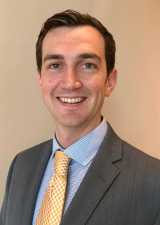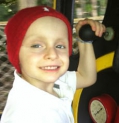Investigating the impact of osteosarcoma genetic lesions on bone differentiation

Osteosarcoma is a tumor of the bone that typically occurs in adolescents and young adults. Many patients with osteosarcoma are cured of their disease, but a significant proportion of patients are not. The primary approach to treating osteosarcoma includes surgery and chemotherapy. Unfortunately, this approach has not improved for several decades. One of the reasons why it has been difficult to develop new treatment approaches for osteosarcoma patients is that we don’t fully understand how these tumors develop. What we do know is that once a fully formed tumor is present, the genetic material or DNA of that tumor is highly rearranged. All of these DNA rearrangements likely contribute to why osteosarcoma behaves aggressively and why it is difficult to treat. In these studies, we plan to use the latest sequencing technologies to understand what is happening as osteosarcoma develops at the level of single cells.
Project Goal:
The primary goal of this project is to gain a better understanding of how osteosarcoma develops from normal cells and evolves into an aggressive tumor. We believe that a more complete understanding of tumor development and evolution would enable us to identify key components of osteosarcoma biology that we could leverage to devise new therapies. We plan to apply state-of-the-art single cell approaches to follow individual cells as they transition from normal bone cells and become cancer. These approaches will give us a much higher resolution picture of this process than we’ve ever had before. We will use this information ourselves to try to conceive of new treatment approaches in the future and will also share our findings from these studies with the broader scientific community so that we can collectively develop better ways to treat this aggressive pediatric cancer.

